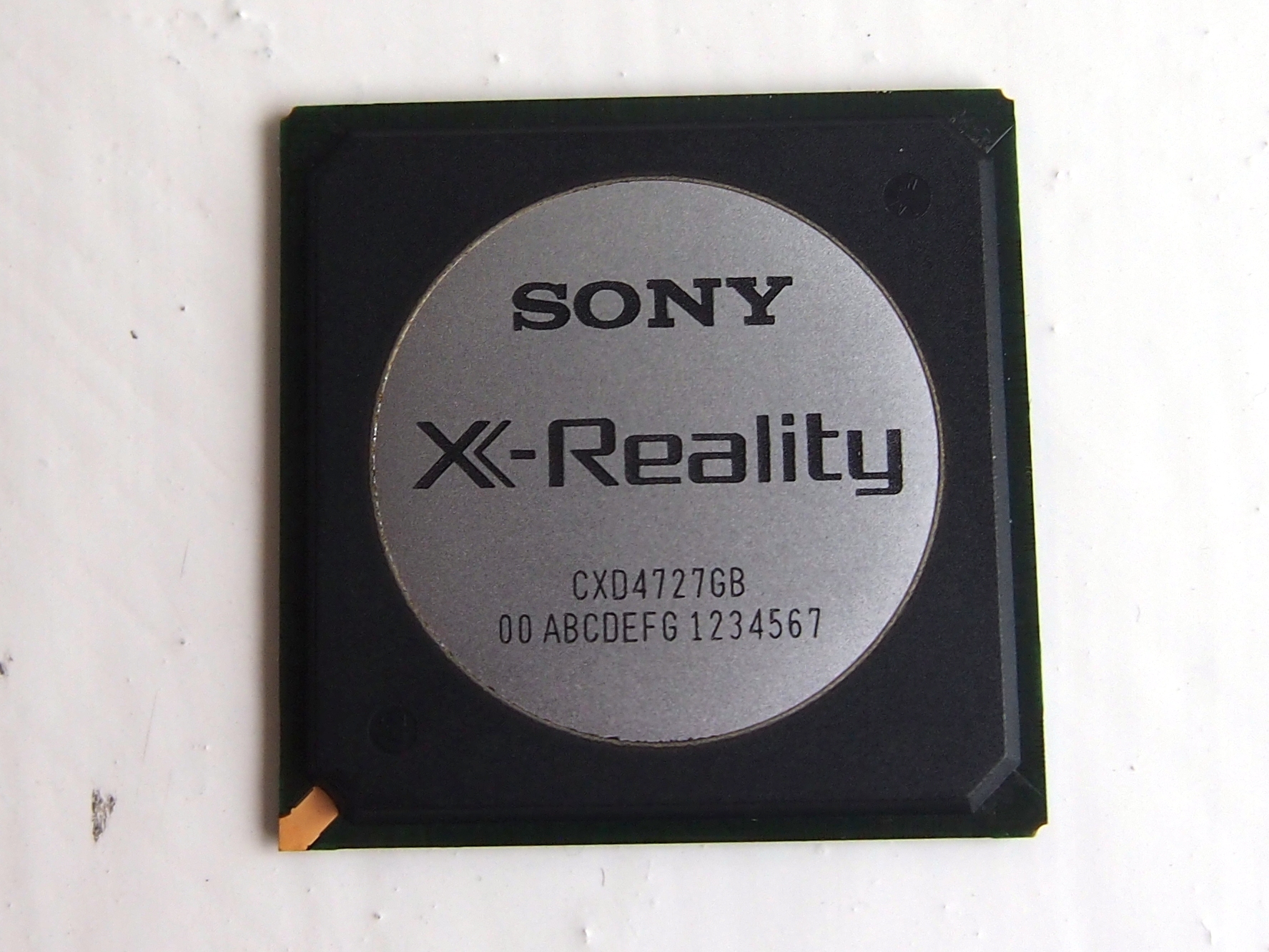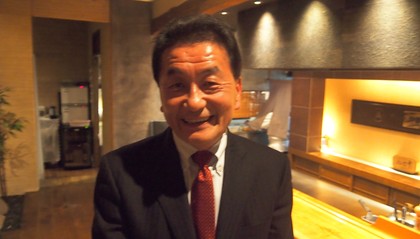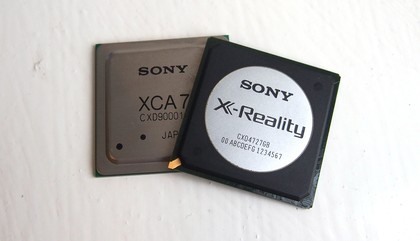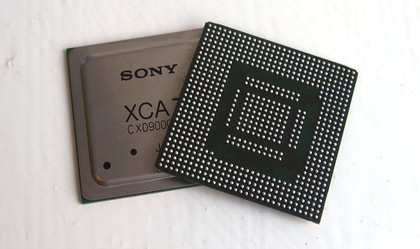How Sony plans to return to the top
Sony gears up to attack 2012 with new design ethos

Sony is in trouble and has been for some time.
A net loss of $2 billion (£1.3 billion) after a 17.4 per cent decrease in revenue in Q3 2011 was caused largely by a 24 per cent drop in TV sales in that period.
The numbers tell the story of one of the biggest falls from grace the tech world has seen.
But Sony is still in the game. It says it's changing its ways, and after a TechRadar visit to see the company in Tokyo, Japan, it's clear that Sony is going through a bit of a transition period.
A new strategy is being formulated, and it goes something like this: get back to making the best TVs in the world, and give consumers exactly what they want.
Indeed, Sony blames much of its woes on poor marketing rather than wonky exchange rates, or lack of brand importance. It certainly isn't blaming poor products and a lack of consumer trust in the Bravia brand - at least, not publicly.
"There is not much we can do about exchange rates," says Noriaki Negishi, deputy president of home entertainment at Sony, speaking exclusively with TechRadar.
Get daily insight, inspiration and deals in your inbox
Sign up for breaking news, reviews, opinion, top tech deals, and more.
"I think the key is the people. That's why I'm talking with, not only locally, but worldwide, I'm talking with the people. They feel we are strong, as Sony. But maybe we are weak compared to the competition on the marketing. On that point, I would like to improve."
Mr. Noriaki joined Sony straight out of University in 1979 and has spent the last 33 years working his way up the company ladder to the point where he is now the man responsible for returning the TV department of Sony to profitability. It's a big ask.

The belief within Sony is that the Korean giants LG and Samsung have been very savvy in producing thin, sexy, eye-candy TVs that do a much better job of giving buyers what they think they want, instead of focusing primarily on improving picture and sound quality.
"With Korean companies strongly driving affordable prices," says Noriaki, "that to me is too much! There is not enough emphasis on picture quality and too much marketing and aggressive pricing. It is not sustainable."
There is not much doubt that there is at least an element of truth to this argument. Samsung's stunning D8000 TVs attracted rave reviews across the web and on the news stand. It's almost complete lack of bezel, impossibly slim body and dazzlingly bright screen made it a real hit across the board. But it struggled in the image processing department, with some motion, colour banding and local dimming issues evident. You certainly had to spend a bit of time setting it up, put it that way.
Deep issues
Sony's problems run deeper than marketing issues, though. For a start, it doesn't even make its own LCD panels. Sony did not see the boom in LCD technology coming and failed to build any LCD plants back when it had a chance to get ahead of the competition.
So first it had to buy its LCD panels in from Samsung, and now it's buying them in from Sharp. There are no other options.
This extra expense has many implications - firstly it means Sony has no control over the quality of many of the components used in its TVs, so if there is backlight leakage in a panel, there's nothing Sony can do about it. And secondly, buying in all the panels adds a lot of expense to the end products.
The problems go beyond the panels too, with many of Sony's mass market 100Hz 3D TVs in recent years falling far short of rival products. This confusing inconsistency could also be found on the almost-but-not-quite-best-in-class HX923 range-topper last year which had a clear vertical seam line down the side of the screen on both sides. Apart from that deal-breaker it was a brilliant TV.
A shift in focus
But Sony is aware of its issues and if there was one message we took away from our time with the company in Tokyo, it was that it sees 2012 as the year to make changes and enforce a serious comeback.
"To be blunt with you, we believe in going back to basics. Picture quality and sound, rather than many many different features," says Noriaki. "Picture quality comes first. Picture quality and sound quality. And thirdly how to make it easy to use – these are the three fundamental things that we're working very hard on.
"I believe that today you will see the difference from our X-Reality Pro engine. Resolution. Also, kinder noise reduction. It helps us give the best picture quality."

We've been up close and personal with the X-Reality Pro chip and can vouch for its frankly awesome and possibly even industry-leading image processing abilities. If Sony can build a TV around it that ticks all the other boxes, 2012 could at least be the year that the consistently enthusiastic reviews return.
Meanwhile, the strength of the Yen, which has resulted in Japanese products being uniformly expensive outside of Japan, remains frustratingly out of Sony's control.

There can be no doubt, though, that the pursuit of ultimate picture quality means more to Sony than some other brands, and this could be key to its future. Toshiba, for example, has done an excellent job of forging a niche for itself at the low-end, producing half decent TVs at very agreeable prices.
But Sony believes this model is unsustainable, with Noriaki commenting on the subject: "If you do not concentrate on picture quality, where is there to go? You get left behind and suddenly you will not compete. To make the best TVs, you have to focus on picture quality and sound quality. It's about the technology."
Monolithic design
Aside from attempting to build the best TVs, Sony also aims to build the best-looking TVs. That's part of its strategy to take on Samsung and LG at their own game, by backing up quality innards with an attractive physical appearance. It's a no-brainer.
And so it's rolling out its 'monolithic design' ethos across its whole range of home entertainment products. The penny has well and truly dropped that to compete with the Koreans, products need to look like they mean business as well as actually meaning it.
So do we think Sony has a chance of making a spectacular comeback?
Certainly, after spending time with Sony in Japan it's very obvious that the company cares about picture quality as a matter of pride. It's not all about making money for these men and women.
And fundamentally, Sony is still a powerful company with talented people and a wealth of technical expertise. If it can harness its skills, there's no reason it can't roll back the years and return to the top of the pile.
But it's going to be a hard old slog.
James was part of the TechRadar editorial team for eight years up until 2015 and now works in a senior position for TR's parent company Future. An experienced Content Director with a demonstrated history of working in the media production industry. Skilled in Search Engine Optimization (SEO), E-commerce Optimization, Journalism, Digital Marketing, and Social Media. James can do it all.
